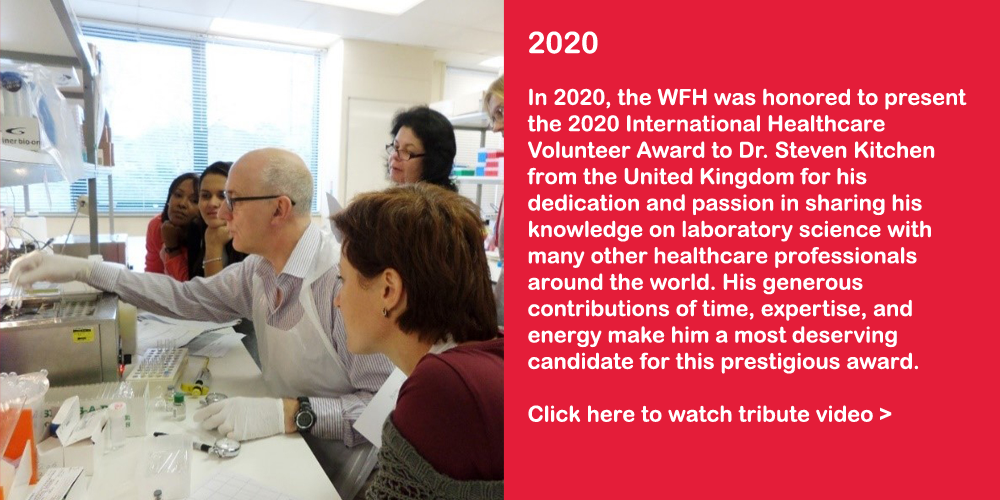Haemophilia was founded to address the challenge of hemophilia research articles and content being scattered across different publications. With support from Blackwell Scientific Publications (BSP) and the WFH, the journal was officially launched. Its first issue featured reports from a major World Health Organization (WHO) and WFH meeting on improving hemophilia care worldwide.
Over the years, the journal’s reputation has grown. In 2007, it also became the official journal of the European Association for Haemophilia and Allied Disorders (EAHAD). Editors like Craig Kessler, MD; Mike Makris, MD—and current editor-in-chief and WFH Medical Board Member, Cedric Hermans, MD—have guided its progress, ensuring high-quality content.
Over the last 30 years, technology has transformed how the journal is produced. In 1994, manuscripts were submitted on paper, with fax machines as the main electronic tool. Today, submissions and publications are fully digital. After Blackwell merged with Wiley in 2007, the journal reached an even wider audience through Wiley-Blackwell’s global platform.
Throughout its existence, Haemophilia has stayed true to its mission: sharing information to improve care for hemophilia patients worldwide. As the publication celebrates 30 years, its publishers and readers look forward to it continuing to be a trusted resource for healthcare professionals involved in the inherited bleeding disorders community.
The WFH would like to thank the publishers, editors, contributors, supporters, and volunteers who have helped make the journal a success over the last three decades.
To read the full article, “Thirty Years of the Journal Haemophilia”, please click here.












